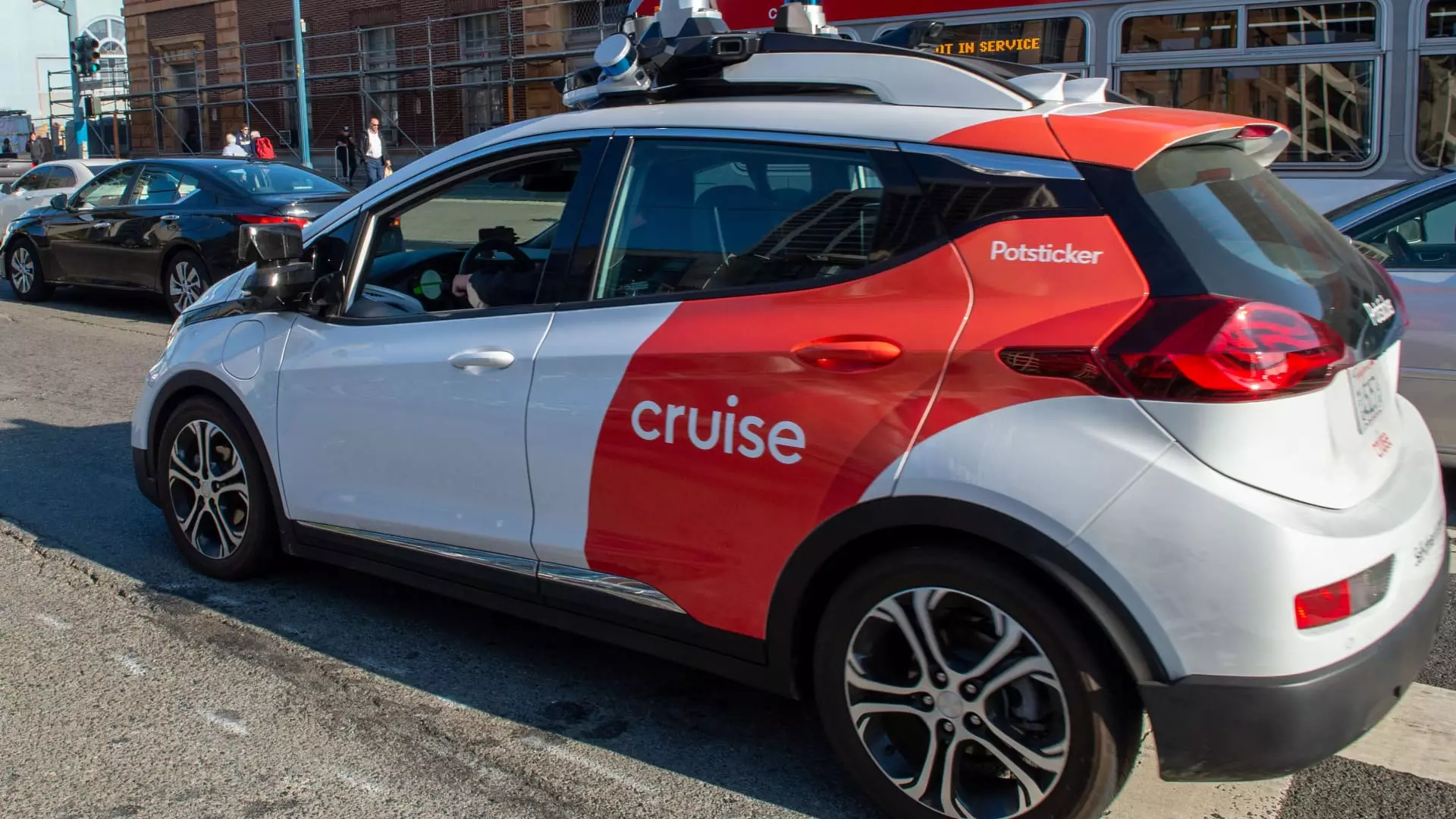In a significant restructuring move, General Motors (GM) is severing approximately 50% of its workforce at Cruise, the company’s self-driving car subsidiary. This drastic step follows GM’s announcement just two months prior that it would halt funding for Cruise after investing over $10 billion since its acquisition of the company in 2016. The layoffs, which will impact nearly half of Cruise’s 2,300 employees, reflect a broader strategic pivot at GM, a company now focusing more on personal autonomous vehicles rather than robotaxi services.
Cruise representatives announced this decision in an email, expressing gratitude for the contributions of affected employees while providing assurances of severance packages and career support as they transition to new opportunities. This communication highlights a corporate culture that, while pragmatic in addressing operational needs, is also cognizant of the emotional and professional toll of such mass layoffs.
The rationale behind this reduction in workforce is anchored in a fundamental change in Cruise’s operational strategy. In a message to employees from Craig Glidden, the President and Chief Administrative Officer of Cruise, he indicated that the decision was intrinsically linked to GM’s withdrawal from the ride-hailing market. This strategic pivot comes as GM aims to align more closely with their vision of creating economic viability through personal autonomous vehicles rather than remaining tethered to the uncertain trajectory of ride-sharing technologies.
The operational shift is not merely a reaction to financial pressures but is also a response to regulatory challenges and operational deficiencies that have come under scrutiny. Following a grave incident in October 2023, where a Cruise robotaxi was involved in a collision resulting in serious injury to a pedestrian, the company faced allegations of misleading regulatory bodies. Such incidents raised questions about the internal culture at Cruise, and an external investigation subsequently revealed issues related to leadership effectiveness and organizational practices.
The layoffs are not only affecting lower-level employees; numerous high-ranking executives are also departing as part of this reorganization. Key figures such as Marc Whitten, the CEO, and Nilka Thomas, the Chief Human Resources Officer, are among those transitioning out of the company. Their departure is symbolic of a broader need for a reinvented leadership approach that aligns more significantly with GM’s new operational goals.
The continuity of key technology leadership in the form of Mo Elshenawy, who remains with Cruise to assist during the transition, indicates an effort to preserve some degree of technical oversight during this tumultuous period. However, this reshuffling inevitably leaves a gap in the strategic vision that needs reestablishing if Cruise is to move forward successfully under GM’s new directives.
From a fiscal standpoint, the consolidation of staff aligns with GM’s efforts to improve efficiency in a market increasingly demanding clear pathways to profitability. With a reported 88% of Cruise’s remaining workforce in engineering or closely related functions, the company is likely focusing on enhancing its technical competencies to support the development of personal autonomous vehicles.
While the layoffs are intended to bolster long-term financial health, there is a daunting question about whether these measures will yield stable operational capabilities or merely reflect an urgent response to current challenges. GM’s pivot to personal vehicles sets a new course for Cruise, yet whether the company can navigate this transition successfully while maintaining public trust remains to be seen.
The recent layoffs at Cruise mark a significant inflection point in GM’s approach to autonomous vehicle technology. This strategic downsizing, fueled by shifting market demands, operational challenges, and crucial regulatory setbacks, underscores the complexities the vehicle manufacturing giant faces as it endeavors to redefine its path forward. As GM unravels its focus toward personal autonomous vehicles, the road ahead promises to be laden with both technological opportunity and potential pitfalls. Navigating this landscape will require not only structural realignment but also a renewed commitment to transparency, innovation, and leadership integrity. The true test of Cruise’s resilience will be evident in the coming months as it pivots toward its new objective amidst a reshuffling of resources and capabilities.

Leave a Reply